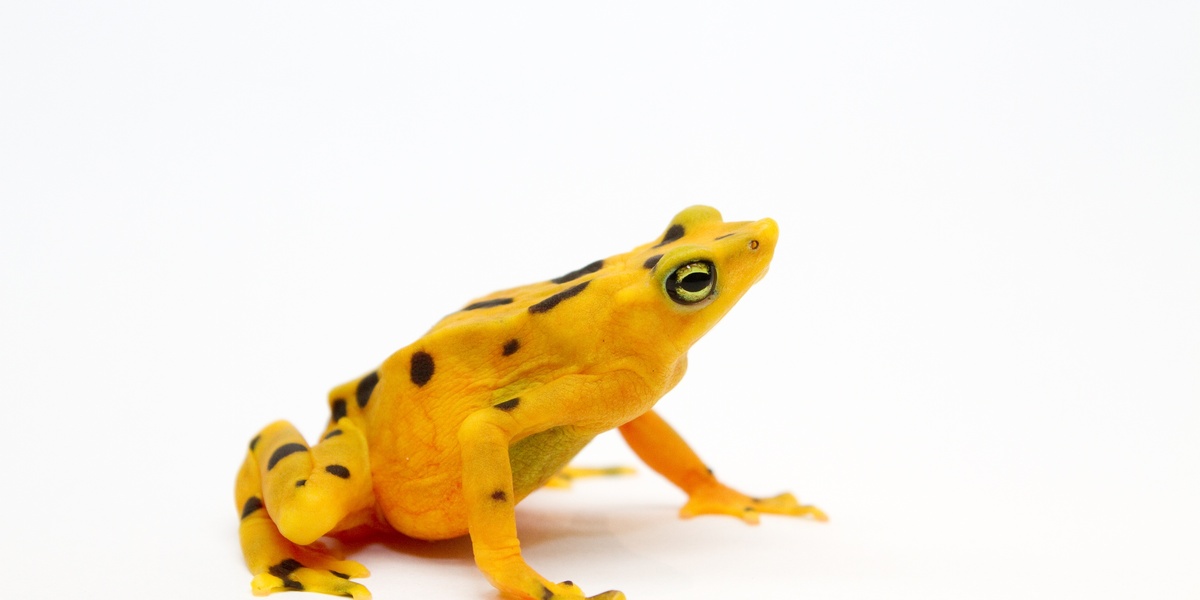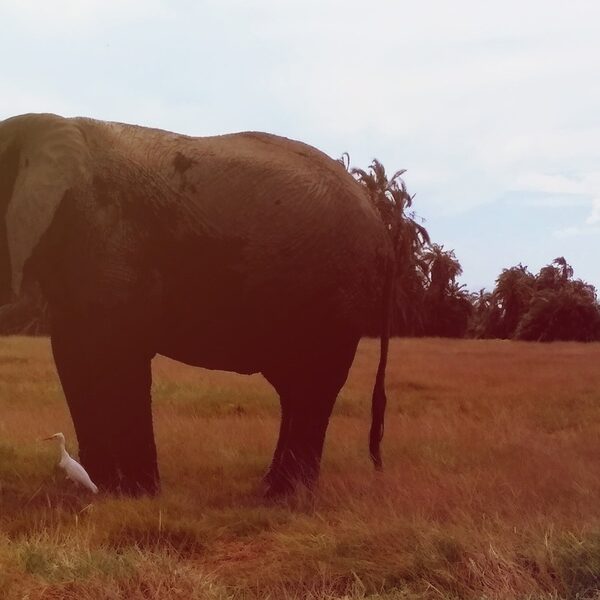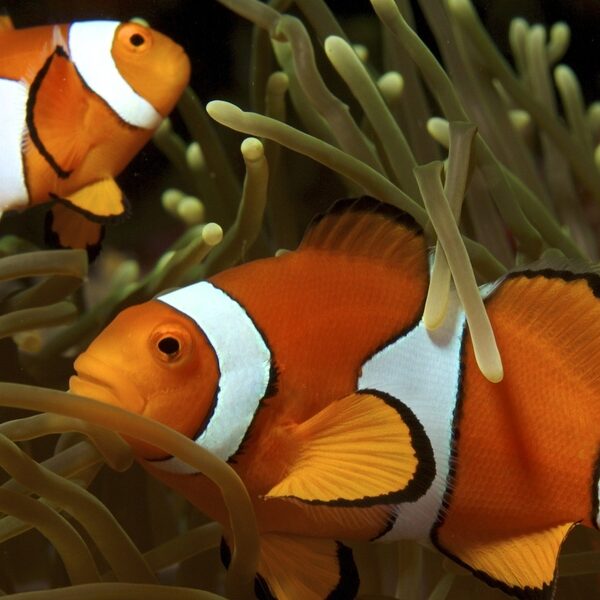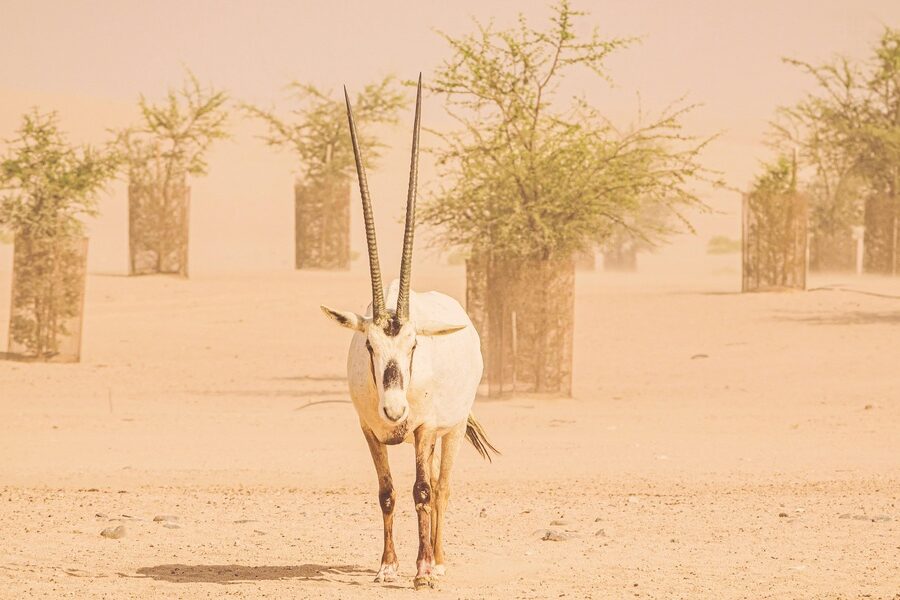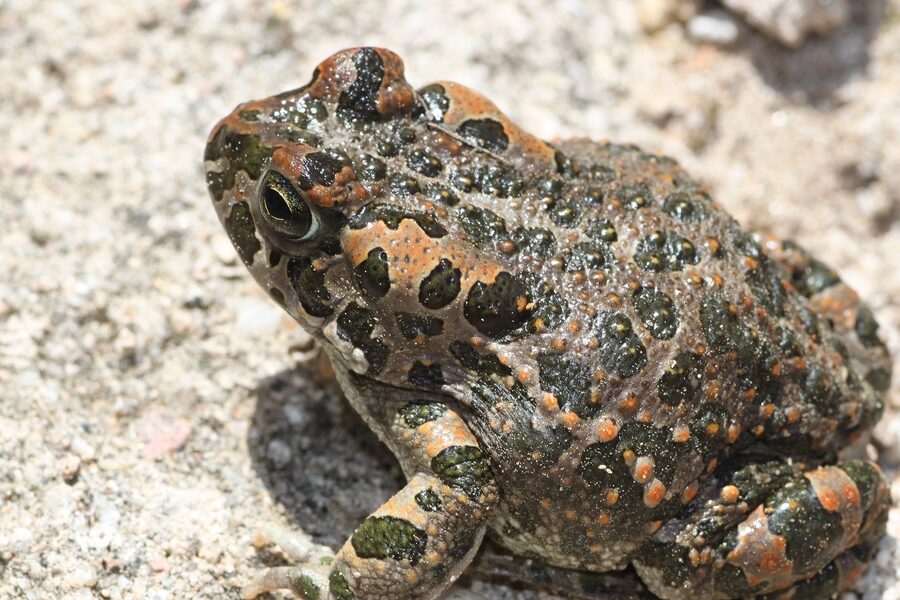Panama’s position as a narrow land bridge between North and South America creates a patchwork of habitats — cloud forests, mangroves, and lowland rainforests — that encourage species to evolve in isolation. That mix of terrain and climate means the country has a surprising number of animals you won’t find anywhere else.
There are 31 Animals Only Found in Panama, ranging from Aplaga Silk Moth to Yellow-green Finch. For each entry you’ll find below the key details organized as: Scientific name,IUCN status,Where found (range/habitat), so you can quickly see taxonomy, conservation status, and exact habitats for each species you’ll find below.
How reliable is this list and how often does it change?
The list is based on published species records, museum specimens, and recent field surveys, but taxonomy and ranges do change as new research appears; check the IUCN status and primary literature for updates. Local discoveries or reclassifications can add or remove species from endemism lists, so use this as a current guide rather than an unchanging inventory.
What practical steps can I take to help these species?
Support habitat protection and reputable local conservation groups, follow low-impact ecotourism practices when visiting habitats, and promote policies that limit deforestation and pollution; monitoring and funding for research directly improve outcomes noted in the IUCN status column.
Animals Only Found in Panama
| Name | Scientific name | IUCN status | Where found (range/habitat) |
|---|---|---|---|
| Pygmy Three-toed Sloth | Bradypus pygmaeus | CR | Isla Escudo de Veraguas mangrove forests |
| Coiba Island Agouti | Dasyprocta coibae | VU | Coiba National Park lowland forests |
| Panamanian Spiny Pocket Mouse | Heteromys adspersus | LC | Pacific lowlands dry forests |
| Chiriquí Pocket Gopher | Orthogeomys cavator | LC | Chiriquí highlands volcanic soils |
| Cébaco Island Mouse | Peromyscus ceybacensis | DD | Cébaco Island forests |
| Glow-throated Hummingbird | Selasphorus ardens | VU | Chiriquí and Veraguas highlands |
| Coiba Spinetail | Cranioleuca dissita | VU | Coiba Island forests |
| Yellow-green Finch | Pselliophorus luteoviridis | NT | Western Chiriquí highlands |
| Brown-backed Dove | Leptotila battyi | NT | Coiba, Cébaco, and other Pacific islands |
| Mount Pirre Bush Tanager | Chlorospingus inornatus | LC | Cerro Pirre, Darién highlands |
| Tacarcuna Tapaculo | Scytalopus panamensis | NT | Cerro Tacarcuna, Darién highlands |
| Veraguan Mango | Anthracothorax veraguensis | LC | Pacific slope lowlands |
| Stripe-cheeked Woodpecker | Piculus callopterus | LC | Foothills of central and eastern Panama |
| Panamanian Golden Frog | Atelopus zeteki | CR (EW) | Central Panama’s montane streams |
| Toad Mountain Harlequin Frog | Atelopus certus | EN | Cerro Sapo, Darién highlands |
| Veraguan Climbing Salamander | Cryptotriton veracrucis | CR | Santa Fe National Park cloud forests |
| Tabasará Galliwasp | Diploglossus montisserrati | EN | Serranía de Tabasará montane forests |
| Cerro Jefe Anole | Anolis gru grunniens | CR | Cerro Jefe region cloud forests |
| Geminis’ Poison Frog | Andinobates geminisae | CR | Colón and Panamá Oeste provinces |
| Rabb’s Fringe-limbed Treefrog | Ecnomiohyla rabborum | CR (EW) | El Valle de Antón cloud forests |
| Ghostly Rain Frog | Craugastor evanesco | CR | El Copé cloud forests |
| Boquete Treefrog | Hyloscirtus colymba | CR | Western highlands streams |
| Mount Pirre Salamander | Bolitoglossa pirrensis | DD | Cerro Pirre, Darién highlands |
| Dunn’s Climbing Salamander | Bolitoglossa dunni | VU | Chiriquí highlands |
| Limosa Harlequin Frog | Atelopus limosus | EN | Central Panama lowlands and foothills |
| Cocle Robber Frog | Pristimantis cocle | EN | Central Panama highlands |
| Chiriqui Killifish | Kryptolebias chiriquensis | DD | Chiriquí Province coastal streams |
| Gatun Lake Copepod | Notodiaptomus gatunensis | NE | Gatun Lake |
| Tuira Pencilfish | Nannostomus grandis | NE | Tuira river basin, Darién |
| Bayano Cichlid | ‘Cichlasoma’ bayano | NE | Río Bayano basin |
| Aplaga Silk Moth | Arsenura aplaga | NE | Chiriquí highlands |
Images and Descriptions
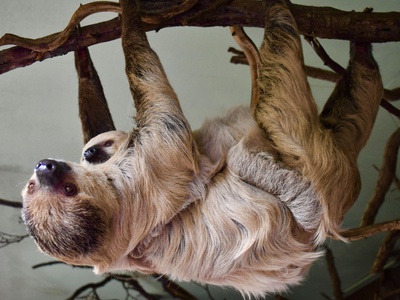
Pygmy Three-toed Sloth
The world’s smallest sloth, this critically endangered mammal is a true island dwarf. It lives exclusively in the red mangrove forests of a single tiny island off the Caribbean coast, making it one of the most range-restricted mammals on Earth.

Coiba Island Agouti
This large, guinea pig-like rodent is found only on Coiba Island. It plays a vital role as a seed disperser for large-fruited trees. Its isolation on the island has made it a unique species, vulnerable due to its restricted range.
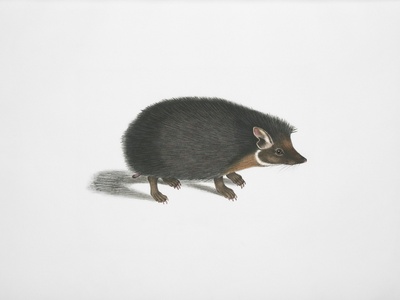
Panamanian Spiny Pocket Mouse
A common yet rarely seen nocturnal rodent of Panama’s drier Pacific slope forests. This mouse is an important part of the ecosystem, hoarding seeds in its fur-lined cheek pouches, which helps plant new trees and shrubs in its habitat.
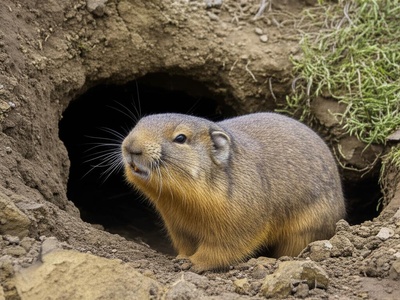
Chiriquí Pocket Gopher
A large, powerful burrowing rodent found only in the fertile volcanic soils of the western highlands. These “ecosystem engineers” create extensive tunnel systems that aerate the soil, though they are sometimes considered agricultural pests for their love of root vegetables.
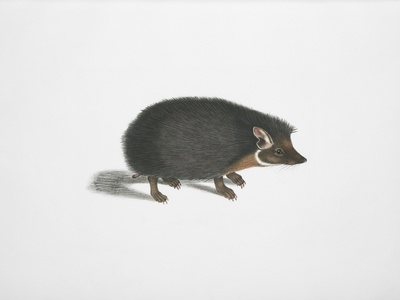
Cébaco Island Mouse
This elusive deer mouse is known only from Cébaco Island off the Pacific coast. So little is known about it that it’s listed as Data Deficient. Its existence highlights the unique island biodiversity of Panama that still awaits further scientific study.
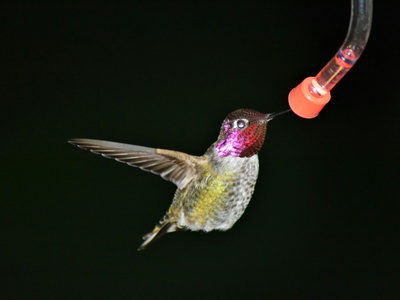
Glow-throated Hummingbird
This spectacular hummingbird is restricted to the Talamanca mountain range of western Panama. The male has an iridescent, rose-red throat that seems to glow. It is a prized sighting for birdwatchers visiting the country’s western cloud forests.

Coiba Spinetail
A small, plain brown bird that is anything but ordinary, as it’s found nowhere else but Coiba Island. It forages for insects in the forest understory and is a subtle but important part of this protected island’s unique avifauna.
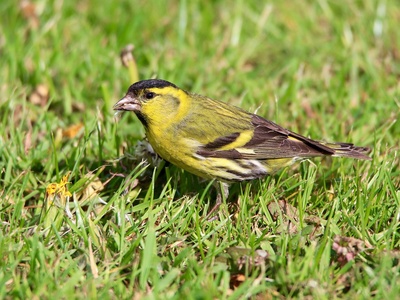
Yellow-green Finch
A shy and uncommon bird of high-altitude bamboo thickets and forest edges in the western mountains. Its subtle olive and yellow plumage makes it difficult to spot, and its restricted range makes it a key target for birders exploring near Volcán Barú.
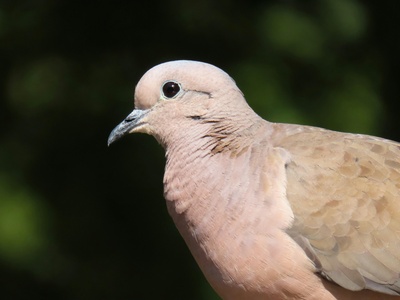
Brown-backed Dove
This gentle dove is an endemic of Panama’s Pacific islands, most notably Coiba. It forages quietly on the forest floor for seeds and fallen fruit. Its isolation on these islands has driven its evolution into a distinct, locally adapted species.
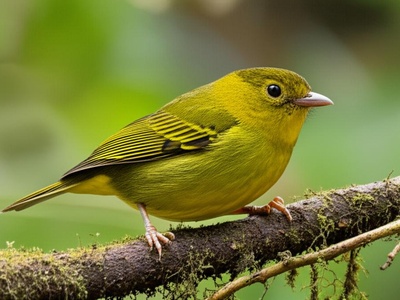
Mount Pirre Bush Tanager
As its name suggests, this tanager is found only in the cloud forests of Mount Pirre and nearby peaks in the remote Darién region. This olive-and-yellow bird is a testament to the incredible, isolated biodiversity of Panama’s eastern mountains.
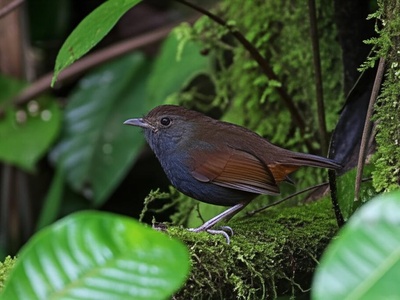
Tacarcuna Tapaculo
A small, dark, and notoriously secretive bird that lives in the dense undergrowth of cloud forests on the Panama-Colombia border, but only on the Panamanian side. It is far more often heard than seen, with a loud, distinctive call that pierces the mountain mist.
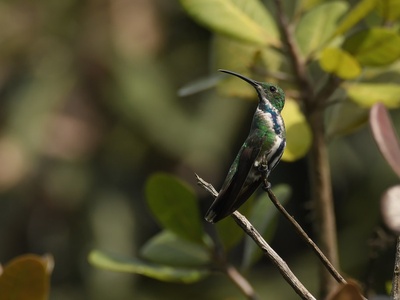
Veraguan Mango
A dazzling hummingbird with a bronze-green body found only on the Pacific slope of Panama, from Chiriquí to the Canal Zone. It prefers open, scrubby habitats and savannas, making it a unique hummingbird adapted to the country’s drier regions.
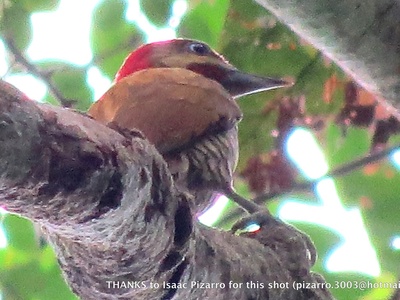
Stripe-cheeked Woodpecker
A brightly-colored woodpecker endemic to the humid foothill forests of Panama. It is distinguished by the bold white stripe on its cheek and red crest. Its entire world population resides within the country’s borders, foraging for ants and termites on mossy trees.
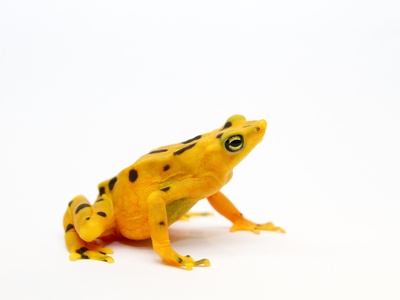
Panamanian Golden Frog
Panama’s national animal, this brilliant yellow toad is sadly believed to be Extinct in the Wild (EW) due to the deadly chytrid fungus. It is a powerful symbol of the global amphibian crisis, now surviving only in conservation breeding programs.
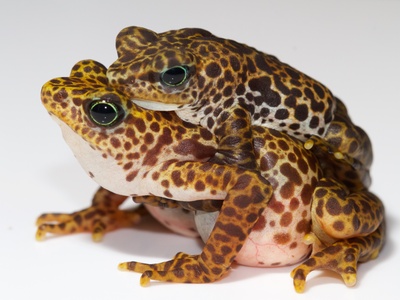
Toad Mountain Harlequin Frog
This strikingly beautiful harlequin frog, with a vibrant pattern of black and yellow or orange, is found only on a single isolated mountain in the Darién. Like its relatives, it is highly threatened by the devastating chytrid fungus.
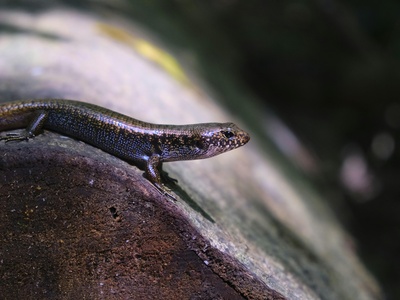
Veraguan Climbing Salamander
A minuscule, critically endangered salamander that lives high in the trees of a very small area in Veraguas province. These tiny lungless salamanders breathe through their skin and are part of the hidden, fragile canopy world of Panama’s cloud forests.

Tabasará Galliwasp
This is not a snake but a species of legless lizard, an elusive creature endemic to the isolated Tabasará mountains. It is rarely seen, living in the leaf litter and soil of its cloud forest home, making its conservation status a serious concern.
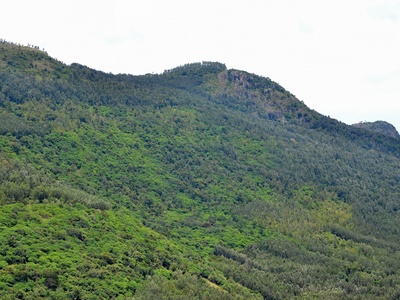
Cerro Jefe Anole
A unique and critically endangered lizard known for the male’s grunting call and large, extendable throat fan (dewlap). It is restricted to the cool, misty cloud forests of a few mountains just east of the Panama Canal.

Geminis’ Poison Frog
Discovered in 2011, this tiny, brilliant orange poison frog is already critically endangered. It inhabits a very small area of lowland rainforest and is threatened by habitat loss. Its unique, insect-like call helped scientists identify it as a new species.
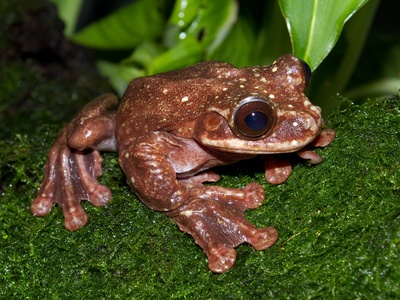
Rabb’s Fringe-limbed Treefrog
Famous for its ability to “parachute” using extensive webbing on its hands and feet, this large frog is now considered Extinct in the Wild. The last known individual, named “Toughie,” died in captivity in 2016, a somber icon for conservation.
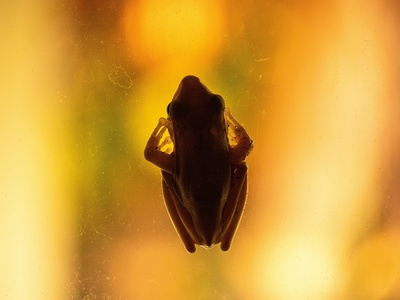
Ghostly Rain Frog
Named “evanesco” (from the Latin for “disappear”) because of its sudden and catastrophic decline due to chytrid fungus. This small brown frog, once common in its tiny mountain range in central Panama, has not been reliably seen in years.
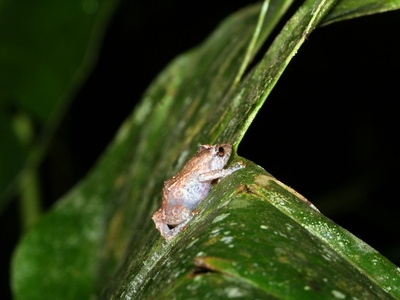
Boquete Treefrog
This once-abundant, large treefrog with striking blue webbing was a common sight along the streams of the Chiriquí highlands. It has since vanished from its known habitats, a victim of the amphibian chytrid pandemic, and may already be extinct.
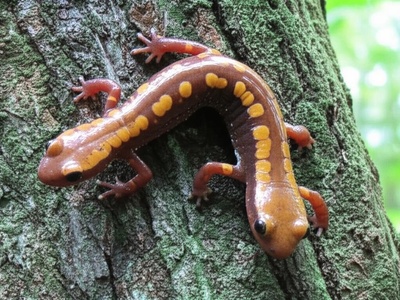
Mount Pirre Salamander
An arboreal salamander known only from the remote, high-elevation cloud forests of Cerro Pirre in Darién. Its remote habitat makes it difficult to study, leading to a “Data Deficient” status, but it’s presumed to be rare and vulnerable.
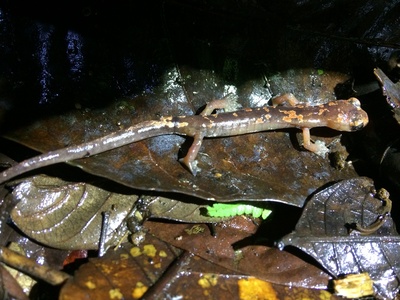
Dunn’s Climbing Salamander
A large, impressive salamander with fully webbed feet, adapted for a life climbing on wet leaves and mossy branches in the cloud forests of western Panama. It is vulnerable to habitat destruction and climate change impacting its misty mountain home.
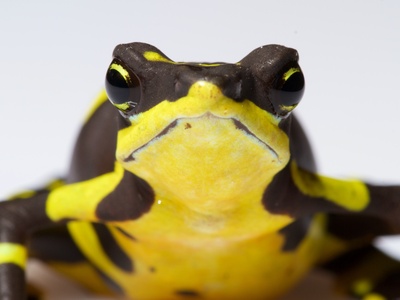
Limosa Harlequin Frog
A small, endangered toad with two distinct color patterns: a lowland green-and-black form and a highland yellow-and-black form. It is highly susceptible to the chytrid fungus, which has wiped out many populations, though some survive in remote streams.
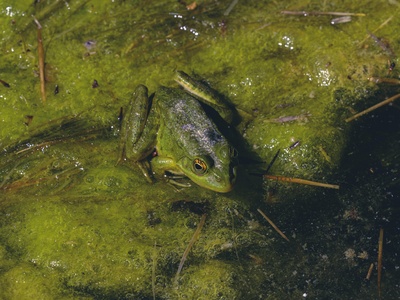
Cocle Robber Frog
A small, terrestrial frog found only in the mountains of Coclé province. It lays its eggs on land, where they hatch directly into tiny froglets, skipping the tadpole stage. This adaptation ties it closely to its humid forest floor habitat.
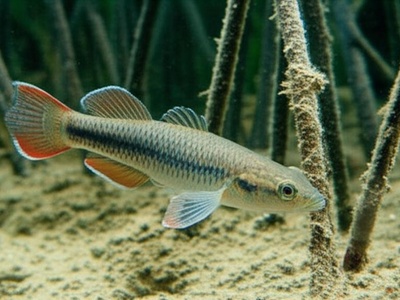
Chiriqui Killifish
A small, resilient fish found only in the brackish mangrove estuaries and coastal streams of Chiriquí province. It is known for its ability to survive out of water for short periods, a unique adaptation to its fluctuating environment.
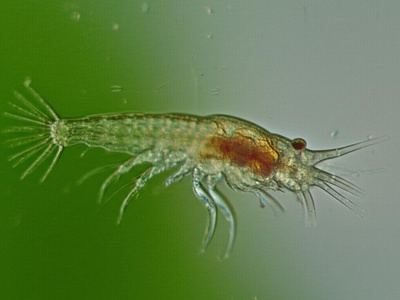
Gatun Lake Copepod
A tiny freshwater crustacean, a type of zooplankton, that is endemic to Gatun Lake, the massive artificial lake that forms a major part of the Panama Canal. This species is a fundamental part of the lake’s aquatic food web.
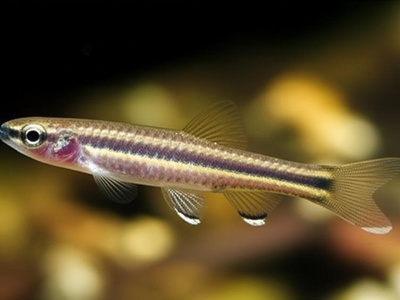
Tuira Pencilfish
A recently described species of small, slender fish found only in the vast and remote Tuira river system in Darién province. Its discovery highlights how much unknown biodiversity remains hidden within Panama’s largest and most isolated wilderness area.
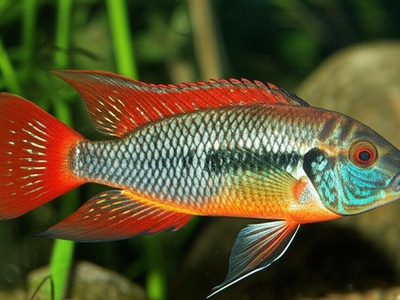
Bayano Cichlid
A species of cichlid fish found only in the Río Bayano basin, east of the Panama Canal. Its habitat was significantly altered by the creation of the Bayano Dam, and its current population status is not well known but is of conservation interest.
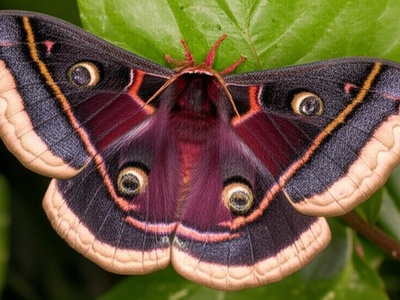
Aplaga Silk Moth
A large and impressive saturniid moth known only from the highlands of Chiriquí. Like many invertebrates, its exact range and conservation status are poorly understood, but it represents the unique and often overlooked insect diversity endemic to Panama’s mountains.
